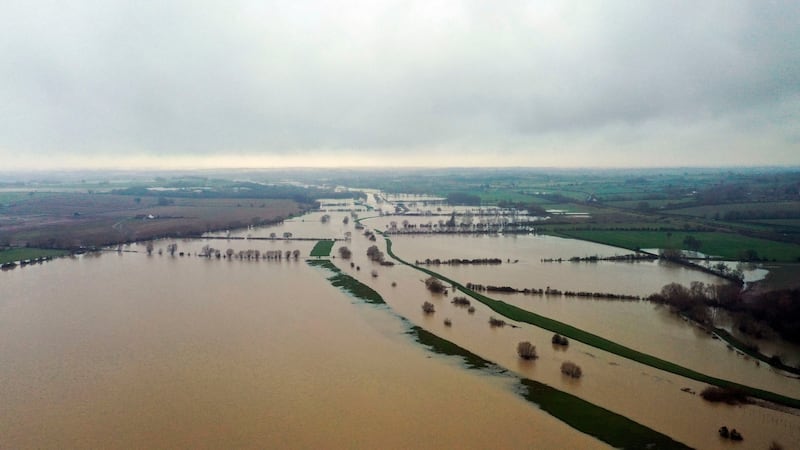As the world struggles to recover from the hard reset of Covid-19, what can 2021 bring us?
“Never again” became a universal injunction, after the devastation of the second World War, to never repeat its genocides. As we collectively reflect on the personal losses and on the incalculable damage caused by Covid-19 to societies and economies, can a future pandemic possibly be prevented?
The key technology breakthrough in 2020 may well have been the development of viable messenger RNA (mRNA) technology.

Katalin Karikó, a Hungarian professor at the University of Pennsylvania, has led much of the research since 1990. She was later joined by Dr Drew Weissman, also from the University of Pennsylvania, and in 2004 they together made a critical breakthrough in enabling synthetic mRNA to be accepted by the human body. In 2020, their groundbreaking research has now led to the first-ever regulatory-authorised mRNA vaccines, targeting Covid-19.
This mRNA technology may fundamentally change vaccine and drug discovery. Before Covid, a vaccine consisted of a weakened form of a virus deliberately injected so as to stimulate an immune response.
Instead, mRNA technology is somewhat akin to a “software” update to the body: it provides new instructions to the immune system on how to use the body’s own existing natural defences to fight a new virus. In principle, myriad mRNA “recipes” could be devised for a substantial number of viruses and diseases.
The international policy response to the pandemic in the coming year may well accelerate mRNA technology to the point where a new mRNA formulation can be derived rapidly and automatically for any virus whose genome is known (in the case of Covid-19, Chinese scientists published its full genome sequence in February 2020). National defence initiatives against the threat of bio warfare are adding to this imperative.
Climate change
It may seem a very long time ago but, as we entered 2020, an entirely different existential threat was making the headlines. Bushfires in Australia, then wildfires in Siberia and the western United States, hurricane Dorian, super-typhoons Halong and Lekima and, perhaps most of all, Greta Thunberg’s sheer energy and passion, together made climate change the world’s most consistent news item in 2019. As the challenges of Covid-19 hopefully are overcome, climate change will undoubtedly return as the top theme in 2021.
The EU’s “Green Deal” expects an astonishing €1 trillion to be invested by 2050 in making Europe a climate-neutral bloc. European Commission President Ursula von der Leyen has now positioned the Green Deal – promoted as Europe’s “man on the moon” initiative – as the top priority for investment to lead Europe’s economic recovery post-Covid.
There are many challenges in achieving the Green Deal but these, in turn, are substantial opportunities for European entrepreneurship. European research and technology innovation are likely to change as a result, to focus largely on climate change challenges.
There are many. Current battery technology for electric vehicles has disappointing recharging times, loses a proportion of battery capacity after a few years and can be a safety risk because of the flammable materials used.
Most current manufacturing, including of electric and other vehicles, makes negligible use of recycled and recovered materials. Today, cement and concrete production for the construction industry generates alone about 8 per cent of global carbon emissions.
The agricultural industry is currently a net emitter of carbon, but changes in practices could potentially transform that to a net sequestration of carbon into organic matter and soils. Many fossil fuel power plants across Europe can lose almost as much energy as they produce. Most electronic devices including TVs and smart devices consume significant energy during their long idle times, and are not yet a substantial part of the circular economy of recycled materials.
Work patterns
Covid has forcibly changed our work patterns and lifestyles. Lifestyle choices will return after Covid but, with an increasing focus on climate change, will working close to home become the norm for many people? Could long commutes and centralised offices become, well, “so before Covid”? Will our cities be repurposed for communities instead of commutes? Will we shop, socialise and educate locally, and then reach out virtually across the internet for anything else?
Will business travel never recover to pre-Covid levels, and be replaced by virtual Zoom meetings, and will the office “water-cooler” chat be replaced by internet tools such as Slack and Discord? Will our shopping choices be influenced by the recycled content of our purchases?
As working and shopping locally and virtually becomes the norm, will we really need further commuter transport corridors? Will we challenge infrastructure investments and our consumer purchasing behaviour through the lens of climate change and the Green Deal?
This past year has been a devastating watershed year. In this coming year new directions will certainly be taken. The new year period is an opportunity to reflect on our challenges as communities, societies and nations: how energetically will we embrace change, adapt and innovate?














